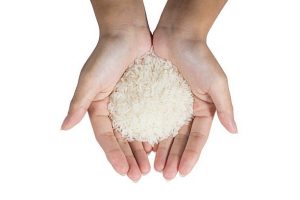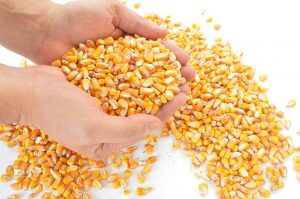How can someone define the strength of any process?
First, define the objectives of the process. Then, outline the path to reach each objective. Identify what can (and cannot) be changed and how strong each track is in terms of response – how each one of them affects the whole process.
We are obviously talking about logistics processes but we will refer to them only as processes in the rest of this post.
The process is as robust as the weakest link in the chain of events.
A robust process supports changes in the previous and/or subsequent operations without changing much of its result. So, the best way to define if a process is robust, it is necessary to go through a “Sensitivity and Robustness Analysis,” run multiple “what-if” scenarios, change uncertain input values, and test for different conditions checking the results.
When you deal with a deterministic model, it is very easy to do the sensitivity and robustness analysis but, in our case, it is necessary to:
- compose a base model,
- experiment a little with some changes on paper,
- do some math,
- make a first choice,
- go to the real thing and experiment again.
Create a model, based on experience and on theories.
- Change things that were identified to be the probable most sensitive,
- observe the results,
- take notes and put it all together in a spreadsheet
- feed the models for optimization, and
- check the results.
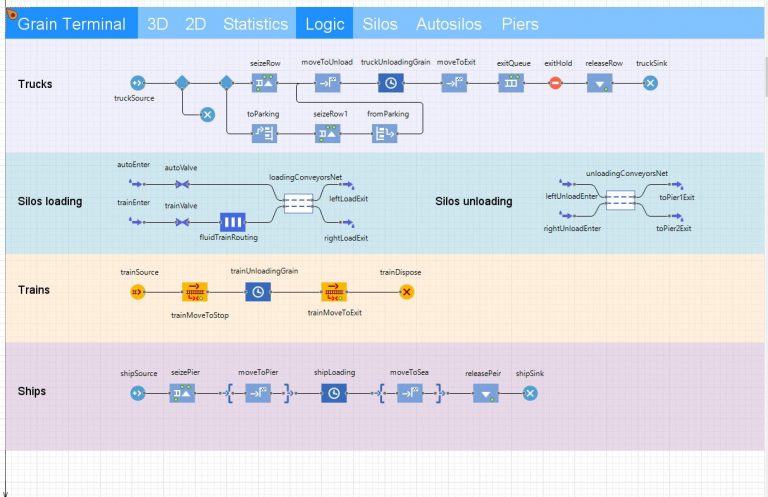
Models vs. People:
What is described above, is all about optimization
- Optimization models are good to show results and even perform good trade-offs between options. Sometimes, they show unexpected insights and maybe even solutions. But they are not all one needs. They show trends and paths – the decision is always made by a person.
- Why? Because people are good at:
- Considering intangible and non-quantifiable factors (i.e.:use their gut feeling)
- Identifying underlying patterns that no mathematical model could uncover, and
- Digging into previous experience and insights to weld it all together and come up with answers.
- Moreover, almost no one leaves a decision for a model or a machine to make.
Models should be used for decision SUPPORT not for the decision itself.
Decisions are what affect the result or the costs themselves. They are what we have to worry about. A bad decision can bring tons of losses.
So, after a lot of mental – verbal exercises, we reach reality: what could be the hidden costs in a weak bulk handling process?
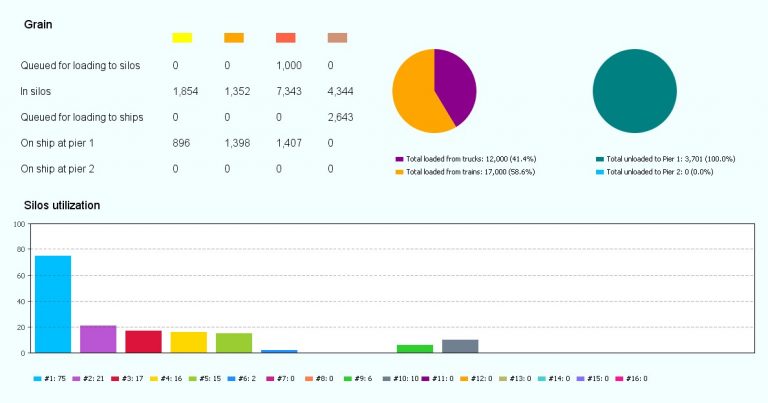
From our own experience, here is an initial list of some of the things that can carry hidden costs in the logistics processes of transporting bulk solids shipped in containers:
- Using the wrong shipping method can increase the loading time per unit loaded (no matter what unit).
If the supply chain team of a company decides to use individual 50kg bags as the bulk packaging instead of container bulk liner bags, unless it is extremely necessary, it is very well
known that there is a higher cost of up to US$ 40 per MT for doing this.
Even if the option is to use big bags (super-sacks) the cost is still higher – somewhere around US$-23 per MT.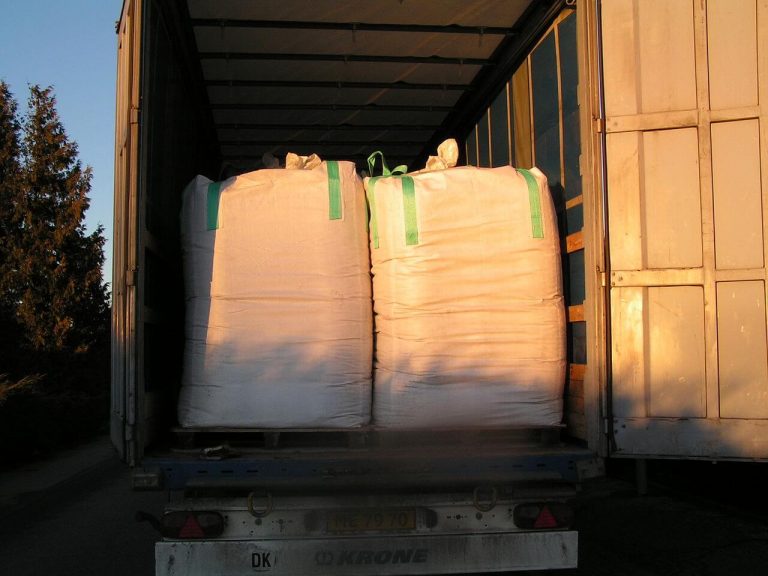
- Using the worng tools and equipment can increase load/unload time.
If the supply chain team has already selected the logistics process for handling bulk material shipped in containers, they have also decided to use container bulk liners. But what if their
decision regarding the bulk container loading equipment is wrong?
The time to process the bulk solid materials load into the container will increase or the container will have a lower occupation, meaning higher costs.
The same happens with the bulk container unloading equipment: if the wrong one is chosen, then it will take a longer time to unload and, consequently, increase costs.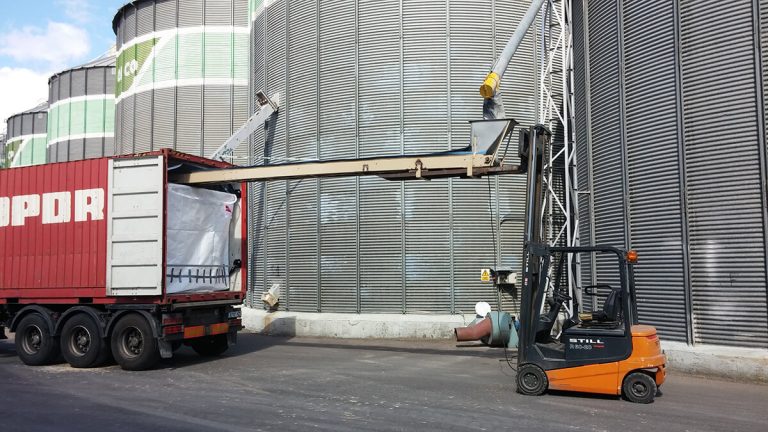
- Using the wrong equipment can bring up higher costs, too.
Operating the wrong thrower can crack the grains of a bulk solid material, generating lots of dust and making the grain size smaller. In certain cases, this is a big problem, like in the powder paint industry.
Powder paint MUST have all grains in a very restricted size range in order to guarantee that the electrostatic charges are at the right level. When the grains break or round, the electrostatic characteristics change, generating higher (hidden) costs.
With some food grains (coffee, soybeans, black pepper, etc.) the problem is very similar – using the wrong equipment to load a container can be disastrous and generate a lot of the hidden costs. - Poorly defined container bulk liners can create hidden costs, too.
- With the wrong container bulk liner material, the product can be affected, or the liner may not resist.
- An incorrectly designed sleeve / port number or size can cause the liner to be torn off during the load / unload operation or can lead to an in complete loading / unloading.
The wrong sleeve size can interfere with the loading and the unloading operation increasing the process times and energy needs, bringing the hidden costs to the surface. - A liner design that is too difficult to install leads to more man-hours needed for the installation.
- Not using a fluidizing liner when handling hard-to-flow bulk solids products will certainly lead to higher costs – it will take more time to load and unload the container.
- A liner design that requires more bars includes higher cost for those bars.
The same happens with the wrong size loading port or the wrong size unloading sleeve – it could even block the exit for the bulk solids and slow down the unloading operation, resulting in more hidden costs.
These are some of the points that are considered weak links. There are many other points to be discussed about this, but keep in mind that the best way to avoid hidden costs is to have a specialist on your side.


